2012 Cleveland CycleWerks Tha Misfit Review - Video - Motorcycle.com
With an MSRP of just thirty-two hundred bucks, Tha Misfit from Cleveland CycleWerks is the motorcycle option to similarly-priced 125cc scooters. Tha Misfit’s 229cc engine capacity out-displaces those scoots by more than 100cc, and it strikes a much cooler profile. But is Cleveland CycleWerks a steadfast motorcycle company and is Tha Misfit worth its retail price?
(By the way, all CCW bike names are prefixed with “tha” to prevent copyright hassles –Ed.)
From its kick-starter to fuel petcock and handlebar-mounted choke, the Misifit does more than look the part of a vintage cafe racer, it adheres to the simplicity of the era. The carbureted, air-cooled Single exemplifies British one-lungers frequenting the Ace Cafe when not engaged in doing “the ton.”
It’d be a pleasant day in hell when the diminutive Misfit hits 100 mph in stock trim carrying an average-size male across a flat surface, but the American-designed, Chinese-constructed Misfit certainly strives to achieve such a benchmark.
Along with a stock Misfit, we also tested a modified version outfitted with a 14-tooth front sprocket (one tooth less than stock) and DID chain ($67), bar-end mirrors ($91) and clubman bars ($119). Engine upgrades include a ported and polished head with modified carburetor ($550) by Tom Weaver of weaverrides.com, the shop responsible for all things performance-wise for CCW. It’s capped off by a G&D stainless steel megaphone exhaust ($399). The modifications are available from Cleveland CycleWerks dealers, but, like adding anything aftermarket to any motorcycle, the 12-month manufacturers warranty does not cover damage as a result from installing said items.
The combination of head, carb and pipe ($950) bumps power output from 11.6 hp and 10.5 ft-lb of torque on the standard Misfit to 16.2 hp and 13.3 ft-lb of torque on the clubman version.
Firing by way of electric- or kick-starter, the two-valve, counter-balanced Lifan engine shows a lack of sophistication in its fuel delivery. It’s challenging to keep them running when cold, and their responsiveness can best be diplomatically described as lazy. And the clubman Misfit kept stalling at stoplights after high-speed freeway stints. We think its jet kit needs some revisions, as the clubman version also refused to idle as well as its stock counterpart after completing its dyno runs.
“These bikes are obviously primitive in their use of electronics,” says dyno boss Carry Andrew, owner of HyperCycle. “There was no redline on the instruments and no rev limiter, so it continues to spin higher even though it makes less power. One thing was obvious just by the way they behaved on the dyno, they were not in very good tune.”
CCW says its internal test bikes don’t have the fueling issues we experienced, and the 11.5 hp we recorded indicates that it wasn’t in primo state of tune. Independent dynos have read about 14 horses at the wheel.
Like the irregular idling, the clutch on the clubman Misfit occasionally emits a mechanical bawl while the clutch plates grabbed and released one another with the grace of a continental subduction zone, resulting in an earthquakesque herky-jerky forward movement. The stock Misfit, with the same clutch, exhibited no ill effects, working acceptably well the entire time in our possession.
Output from the stock engine is a little disappointing after riding the modded one, showing its low-tech roots by generating just 11.6 hp. Power drops off after just 6500 rpm, while the motor in the clubman Misfit continues to develop thrust through 8000 revs. We appreciated its noticeably snappier throttle response, a stronger top end and a resulting top speed well above the stock Misfit — obviously a result of its better flowing head, carburetor and less-restrictive exhaust pipe. The counter-balanced engine quells vibration to acceptable levels even when spinning up high.
How high? We weren’t quite sure, as the tachometer readings varied wildly, swinging by 2000 rpm while at a steady cruise, and didn’t match the revs we recorded on the dyno. We saw 10,500 rpm indicated on the stock Misfit’s tach, but the dyno showed readings 1000 rpm short of that number.
Both bikes share the same footpeg placement. The mid-mount pegs feel comfortably set on the standard model, but they felt out of place on the sportier clubman Misfit. Installation of new rearsets by G&D will be a nice addition. The stock handlebar positions a rider in a perfectly neutral position that never gets tiring. The modded bike’s clubman bars are lower and cooler, but they’re much wider than needed for such a nimble machine.
The 18-inch front/16-inch rear wheel combo strikes a balance between stability and flickability, but it’s the Misfit’s light weight (251 lbs dry) that gives the bike its jackrabbit handling qualities. The front tire squirms disconcertingly when riding on rain groves cut into the freeway, although it never actually tried to spit us off. A non-adjustable, inverted fork and piggyback rear shocks with adjustable spring preload and ride height appear kind of high-tech but are merely adequate. The fork on our tester had some fluid seepage, and the twin shocks are short on travel and plushness.
Dual-disc brakes provide surprisingly good performance for such a modest roadster. Feel at the lever is relatively good thanks to steel-braided lines activating the Misfit’s two-piston calipers on wave-style rotors.
The Misfit’s gauge cluster, however, is another story. The large speedo is appropriate, but the equal-in-size fuel gauge is cartoonishly big and should be swapped with the small tachometer sitting atop the two. The instruments wander, seesawing between readings – this isn’t so much a big deal on the fuel gauge, but the 2000-rpm swing on the tach isn’t acceptable. Speedo accuracy also seems to be questionable, as an indicted 46 mph equated to 37 mph when riding past a radar stand. Lastly about the gauges, the neutral and blinker indicators are so dim they may as well not even light up.
But grab attention the bikes do, especially the clubman Misfit. The mostly black bikes, with a few chrome highlights (engine and valve covers, and wheels), small flyscreen and rear seat cowl strike a timeless silhouette that fully-faired bikes can only dream of. Ed-in-Chief Kevin Duke even saw hints of 1970s Ducatis in the Misfit’s stance and profile, especially in its sidecovers and tailsection. The bark from the megaphone pipe on the clubman Misfit announces its arrival with authority, adding an essential auditory element to the cafe racer image.
While frame welds and tolerances are not up to Japanese bike standards, the Misfit and its modified brother are competent motorcycles for their price ranges. The similarly themed Suzuki TU250 retails for a relatively lofty $4,099 but includes fuel injection, better finish quality and a more competent suspension. The Honda CBR250R ($4,025) and Kawasaki Ninja 250R ($4,199) are much sportier but much more expensive.
Meanwhile, the roll-your-own clubman Misfit, at $4,426, is a motorcycle with real presence. This is a subjective element, but in this case, it’s one we here at MO can get behind.
In The BeginningBorn from the need to save face — “I kept saying I was going to open my own motorcycle company, so eventually I had to,” says owner Scott Colosimo — Cleveland CycleWerks was launched five years ago, and an LLC created two years later. In 2012, CCW has four models (tha Heist, tha Misfit, tha Ace, tha Hooligan) and business is booming.
Selling just under 5,000 bikes last year, more outside the U.S. than within, CCW is doing better than Colosimo had predicted. The formula to CCW’s success is simplicity and affordability, and Colosimo intends to keep it that way. All CCW motorcycles share the same basic engine architecture: air-cooled, carbureted single-cylinder.
“There’s something freeing about riding a lightweight bike you don't’ have to worry about,” says Colosimo. “They’re easy to modify... it’s a whole different experience than most bikes out there.”
Colosimo says CCW is about 20% of what he has envisioned for the company. Future goals include bikes with more displacement and possible liquid-cooling, but the last thing he wants to do is compete with Japan.
“We can afford to do a 500cc single, which by the seat of the pants is fast, and by keeping it a single-cylinder we can get a really light motor in a compact package that has a better power to weight than most bikes out there,” says Colosimo.
Currently, profit is being reinvested into CCW to grow the company and produce bigger, better and cooler future products. A seemingly sound business plan, but you got to wonder, how did Colosimo successfully launch a new U.S. motorcycle company in the midst of the Great Recession?
“It’s just something I thought I could do, so I did it,” he says.
Related Reading
2011 250cc Beginner Bike Shootout: Honda CBR250R vs. Kawasaki Ninja 250R vs. Hyosung GT250
2009 250cc Streetbike Shootout: CFMoto V3 Sport vs. Hyosung GT250R vs. Johnny Pag FX/3 vs. Kawasaki Ninja 250R vs. Suzuki TU250X
2009 Suzuki TU250X Review
2009 Johnny Pag Motorcycles Review
2011 Honda CBR250R Review
2010 Bennche Megelli 250R vs. Kawasaki Ninja 250R
More by Tom Roderick



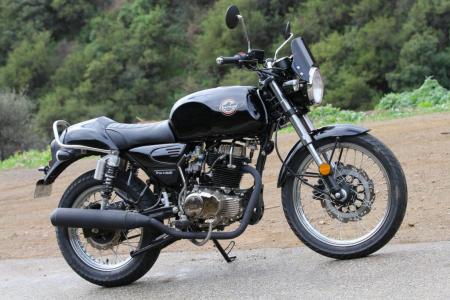








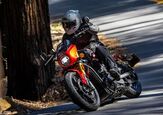
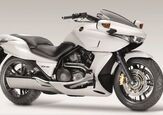
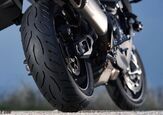
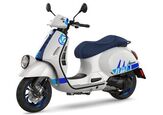
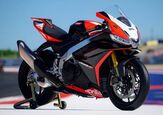
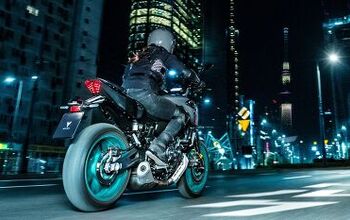
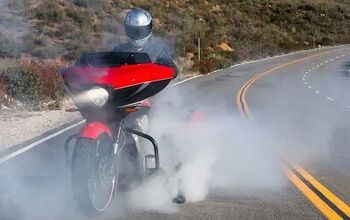
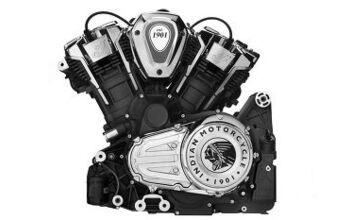


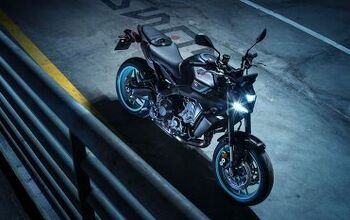
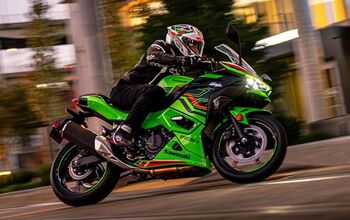
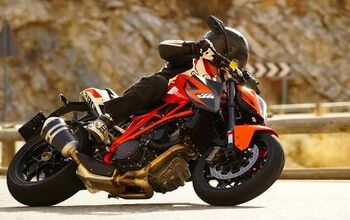

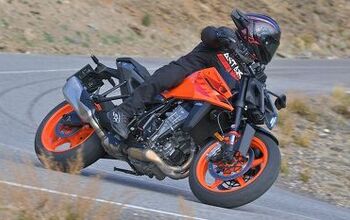
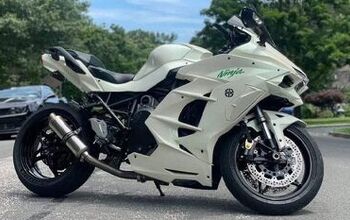
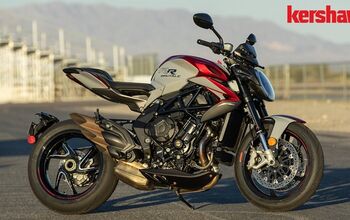
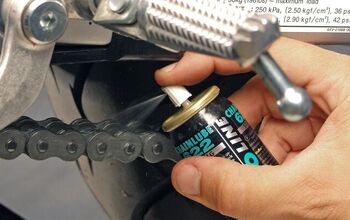


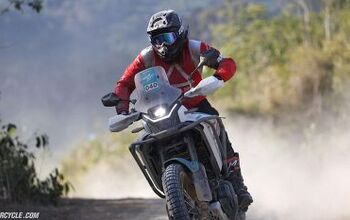
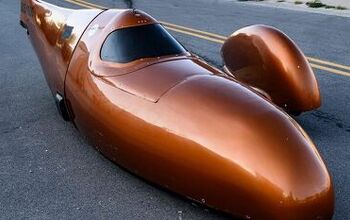
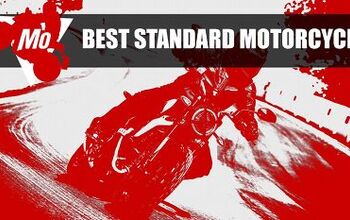
Comments
Join the conversation